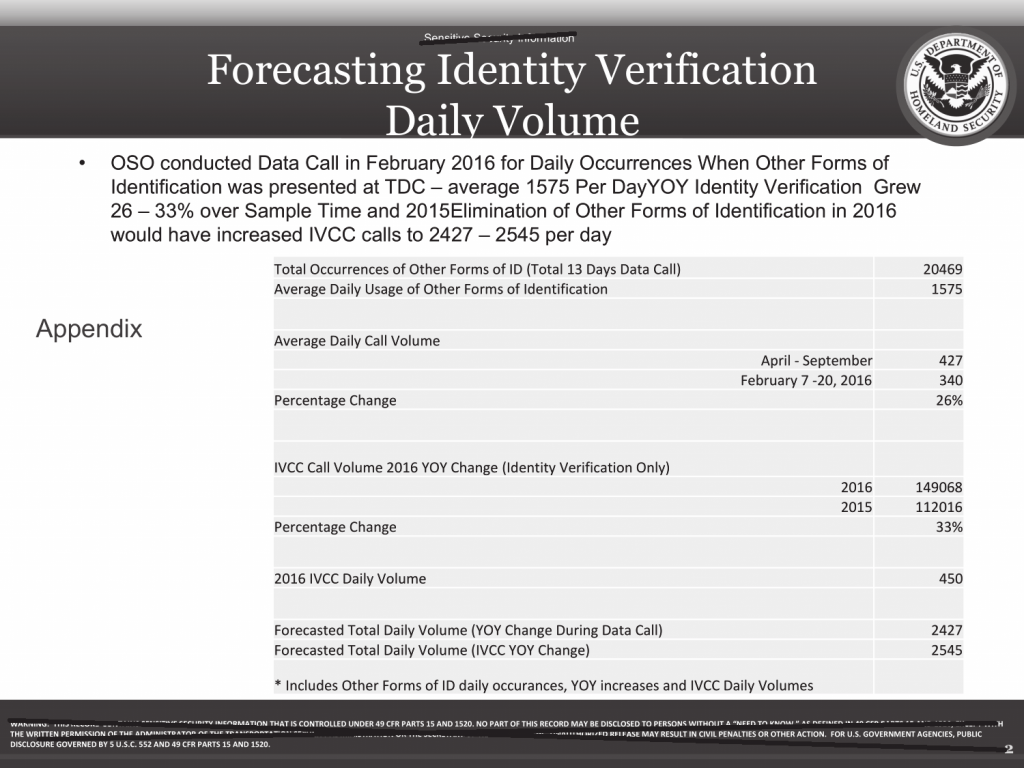Asylum Requires Traveling to a Border
The US Department of Homeland Security (DHS) and the Department of Justice (DOJ) issued new interim rules today for the adjudication of asylum and other claims by a new class of “asylum officers” at US ports of entry, borders crossings, and airports.
These new rules won’t help most asylum seekers.
Did you ever wonder why desperate asylum seekers often travel on overcrowded and leaky boats or try to trek across waterless deserts, and regularly lose their lives?
It’s not because migrants can’t afford plane tickets. It’s because the government at their destination won’t let them buy a plane ticket or board a flight to a place of safety!
International treaties and US law only allow migrants to make asylum claims after they reach a destination country. You can’t apply for asylum in advance, the way you apply for a visa. You have to show up at the border or arrive at a destination airport before you can beg for asylum. And the US and the European Union work hard to prevent migrants from ever reaching a US or EU border or airport where they might make such a plea.
That’s why most migrants’ asylum claims are never “adjudicated”. Instead, they are denied before they get on a plane, by airline staff who have no training or competence to act as asylum judges. Most migrants never even try to travel by airline to a place where they could present their asylum claim, because they know that they will be turned away at the ticket counter or boarding gate. That’s why they end up trying to reach places of sanctuary by “irregular” means of transport, and drowning or dying of thirst in the desert.
Airlines should be helping migrants. Airlines have a legal obligation as common carriers to transport all would-be passengers. They have a financial interest in selling tickets to those passengers. But the US undermines international human rights and aviation treaties by imposing draconian “carrier sanctions” (currently $3,000 per passenger) on any airline that transports any person to the US who is denied asylum on arrival, or denied entry for any other reason. Many European countries do the same.
Airlines claim that they are denying passage to migrants because they “lack the required documents” for their desired destination in the US or elsewhere. But under international and US law, asylum seekers are not required to have or produce any specific documents in order to have valid asylum claims. There’s no such thing as an “asylum visa”. The migrant who arrives with just the clothes on their back and no documents often has a stronger claim to asylum than the one who brings passports, visas and other paperwork.
In 1939, officials in the US and Canada denied the passengers on the S.S. St. Louis “permission” to disembark, fating them to be returned to Europe where many were murdered by the Nazis. In recent years, US administrations have pursued policies designed to keep refugees from reaching US shores. These polices are designed to undermine the right to asylum. What the large print of international humanitarian law offers, the small print of “carrier sanctions” takes away.
It is, by definition, impossible for an asylum seeker to submit their claim or have it adjudicated before they reach the US. It is equally impossible for an airline, a “preclearance officer”, or anyone else to anticipate, before an asylum claim has been made, whether it will be granted. So to save the airline a possible “administrative fine” of $3,000 per passenger, airlines simply deny passage to all such people.
America didn’t use to be like this. People fleeing persecution in the Ukraine under Tsarist Russian rule could get to the US and apply, as long as they could reach a European port with enough money to pay for passage across the Atlantic. No passports or visas were required to buy a boat ticket and board a ship, nor were any required at Ellis Island.
It shouldn’t be harder today to reach asylum than it was a century ago. If the US and European governments were serious about allowing Ukranian refugees to claim asylum, they would repeal these “carrier sanctions”, rather than rearranging the deck chairs on the Titanic by adding a new class of administrative law judges to process the few asylum claimants who do somehow arrive at the border.
The rights of refugees and asylum seekers recognized in high-sounding treaties will become meaningful only when migrants have an actual right to travel to the border or arrival airport to make their claim. Passing the Freedom To Travel Act, now pending in Congress, or including its provisions in any asylum or immigration reform legislation, would be one way to restore that right. But a smaller change in the law to repeal the “carrier sanctions” against airlines that transport migrants would be a great start.
